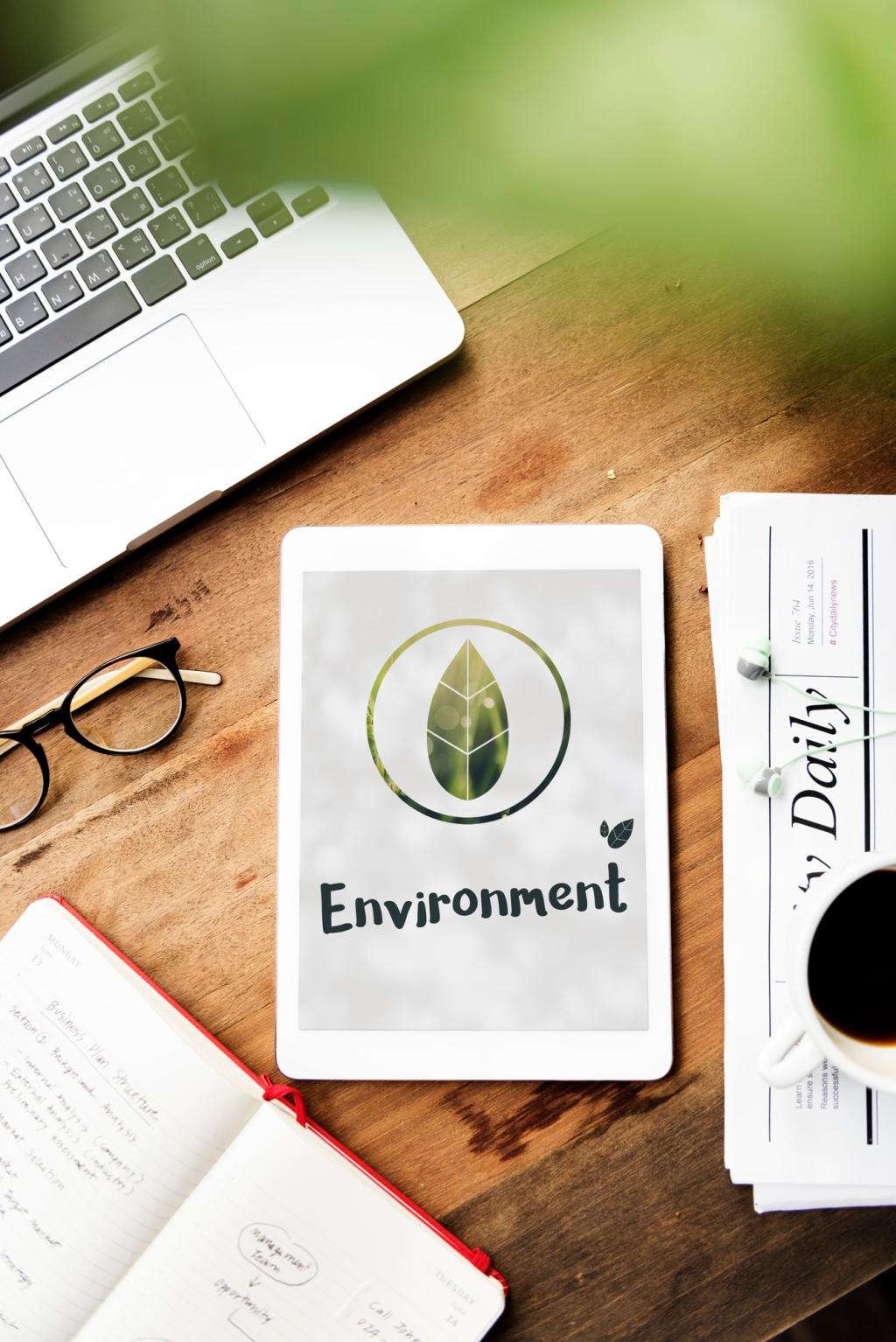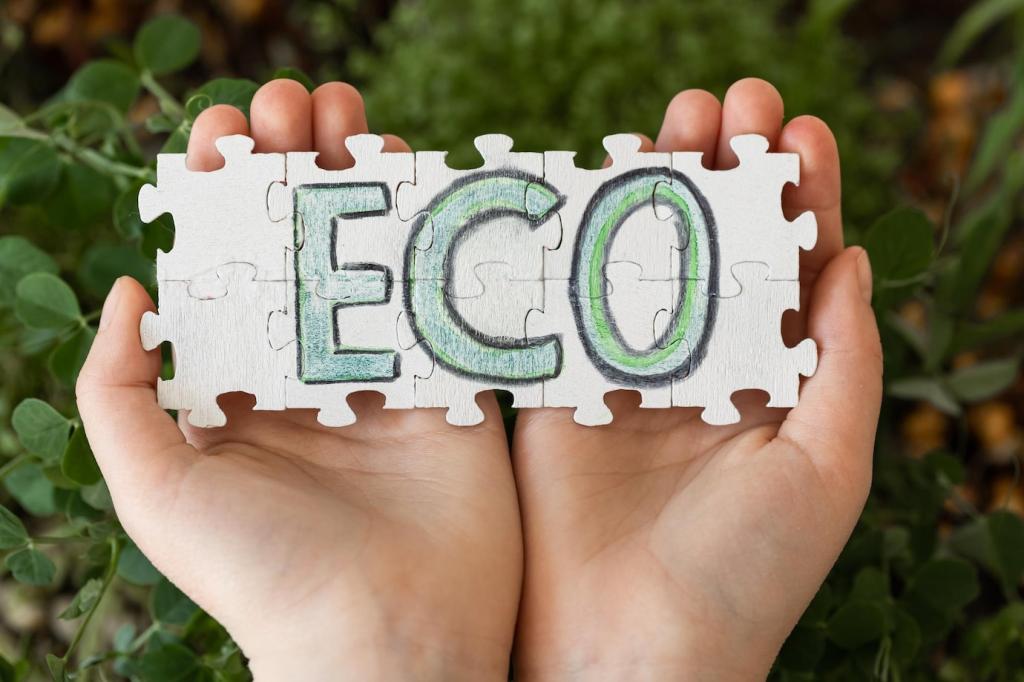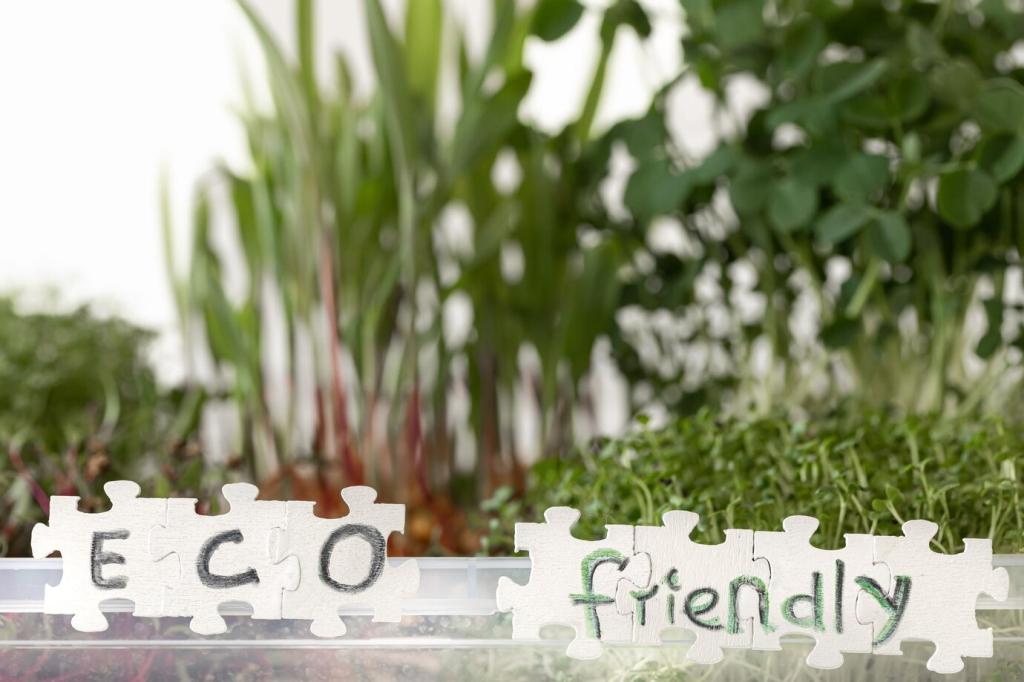Tone, Clarity, and Trust
Acknowledge constraints—busy schedules, tight budgets, limited transit. Offer tiered options: good, better, best. Empathy removes defensiveness and keeps the door open for progress. People return to voices that respect their reality and celebrate incremental change.
Tone, Clarity, and Trust
Replace buzzwords with verifiable facts: materials, certifications, distances, energy sources. If a choice has trade-offs, say so plainly and explain why you still recommend it. Clarity builds credibility, and credibility drives durable, eco-friendly habits.








